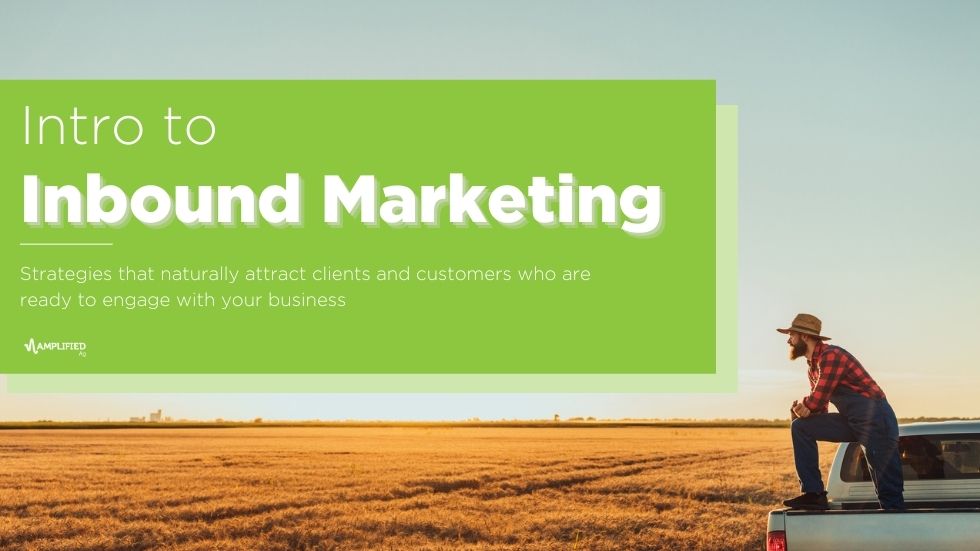Consumers are constantly bombarded with unsolicited advertisements. With pop-up ads online, inboxes full of spam emails, and commercials in the middle of YouTube videos, the current mass marketing techniques have become over-saturated. Consumers are now opting to do research on their own to help them make educated purchasing decisions. According to the Content Marketing Institute, 70% of people would prefer to learn about a company through content than through advertising. Inbound marketing helps consumers do just that.
What is Inbound Marketing?
Inbound marketing is the methodology of drawing customers to a business rather than pushing a message out to the masses in hopes it’ll reach the correct audience. Inbound marketing builds relationships with consumers by creating a positive brand reputation and delivering informational materials to potential customers. By understanding the buyer’s journey and how customers work their way through it, a business can create relevant content for each stage of the journey and guide their audience to ultimately make a purchase. Inbound marketing can be broken down into three stages: attract, engage, and delight. The goal is to attract the right leads, engage them by delivering relevant content, and delight them by continuing to engage with them long after they have made a purchase.
Inbound Marketing vs. Outbound Marketing
The key to understanding the difference between inbound and outbound marketing is to look at the names. Inbound marketing focuses on drawing customers in while outbound marketing focuses on pushing a business’s message out to the masses. Outbound marketing is often viewed as more traditional forms of marketing and advertising like TV commercials, purchased advertisements, and paid email blasts. Inbound marketing challenges typical outbound marketing tactics by drawing customers in with relevant content and information. Some examples of inbound marketing techniques include content marketing, opt-in email marketing, and paid search.
The Benefits of Inbound Marketing
Outbound marketing tactics still consume a majority of the marketing budget for most businesses, but there are many beneficial reasons why a company would want to switch some of that budget to invest in inbound. Inbound marketing has actually proven to have a higher return on investment (ROI) than outbound marketing. According to HubSpot, 53% of marketers say that inbound marketing gives their business a higher ROI. That’s because inbound marketing makes it easy to monitor the success of a marketing campaign by tracking where website visitors are coming from and what actions they take as they work their way towards purchasing.
Another benefit of inbound marketing is that although it tends to have a higher investment cost upfront, it actually costs less money compared to outbound marketing campaigns in the long run. According to IMPACT, a lead generated by inbound marketing costs on average 61% less than a lead from outbound marketing. On top of that, HubSpot reports that 59% of marketing professionals say that inbound produces higher quality leads for sales than most outbound marketing tactics. Who doesn’t want higher quality, less expensive leads for their business?
Making the Switch
Ready to make the switch to inbound marketing? Amplified Ag is here to help! We have the tools to build a customized inbound marketing campaign for your business. If you’re interested in more information, contact us today!

